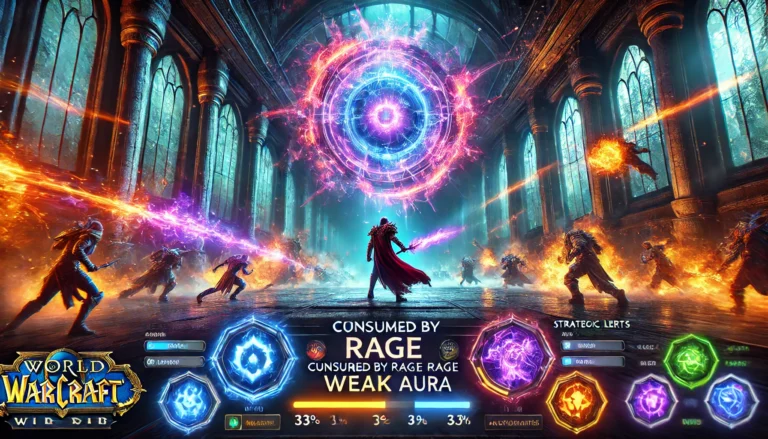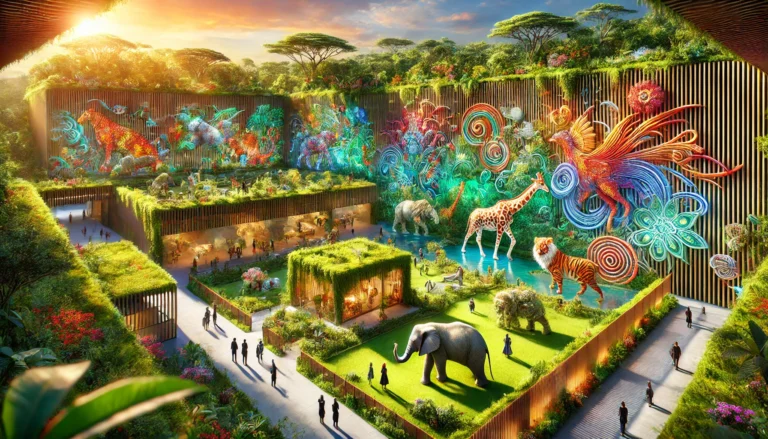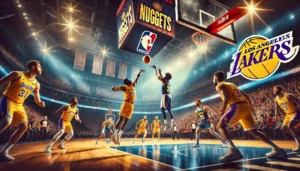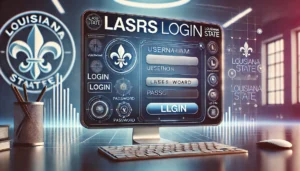Introduction
Animation has long been a medium for storytelling, combining imagination with cutting-edge technology to create captivating visual experiences. While many are familiar with the animation powerhouses of Hollywood and Japan, Turkey is quietly becoming a global player in this dynamic field. animated:ztvrlsh4ofy= turkey showcases the country’s creativity, culture, and innovation, offering unique stories and characters that are resonating with audiences worldwide.
A Brief History of Turkish Animation
Early Days and Key Milestones
Animated:ztvrlsh4ofy= turkey traces its roots back to the early 20th century. Pioneers like Şakir Eczacıbaşı and Suat Yalaz laid the groundwork with small-scale productions that reflected Turkish folklore and traditions. By the late 20th century, the industry gained momentum with the establishment of local studios and the production of animated TV series.
Modern Growth and Innovation
In recent decades, animated:ztvrlsh4ofy= turkey industry has embraced technological advancements, enabling creators to push creative boundaries. Studios like Anima Istanbul have emerged as key players, blending traditional hand-drawn artistry with modern CGI techniques to create high-quality content for domestic and international audiences.
Popular Animated Characters and Stories
Iconic Characters from Turkish Folklore
Animated:ztvrlsh4ofy= turkey draws heavily from its rich cultural heritage, bringing beloved folklore characters to life. For instance:
- Keloğlan: A witty, mischievous boy who outsmarts opponents with clever tricks.
- Nasreddin Hoca: The humorous yet wise trickster who teaches valuable life lessons.
- Şahmeran: The mythical queen of serpents, often featured in tales of wisdom and betrayal.
Modern Creations Shaping Turkish Animation
Recent years have seen the rise of contemporary animated characters such as Kral Şakir, a lion navigating modern urban life, and protagonists from shows like Pepee and Niloya, which focus on family-friendly themes and life lessons.
The Role of Technology in Turkish Animation
Tools and Techniques
Animated:ztvrlsh4ofy= turkey use advanced tools such as Toon Boom Harmony for 2D animation and Autodesk Maya for 3D modeling. Motion capture technology enhances character realism, while VR and AR are being explored for immersive storytelling experiences.
A Blend of Tradition and Innovation
Despite leveraging cutting-edge technology, Turkish studios stay rooted in tradition, combining modern methods with hand-drawn artistry to create visually stunning productions. This fusion allows animators to tell stories that feel both fresh and timeless.
Turkish Animation on the Global Stage
International Collaborations
Partnerships with studios in Europe, Asia, and the Middle East have helped Turkish animation gain global exposure. Films like The Bad Cat and Dünyayı Geziyorum showcase Turkey’s storytelling prowess to international audiences, earning accolades at global festivals.
Cultural Representation
Turkish animation often incorporates motifs such as the evil eye and traditional music, providing a window into Turkey’s unique culture. By doing so, it fosters cross-cultural understanding while preserving and promoting Turkish heritage.
Challenges and Opportunities
Current Hurdles
Despite its success, animated:ztvrlsh4ofy= turkey industry faces challenges, including:
- Funding Issues: Limited investment in high-risk creative projects.
- Talent Shortages: A need for specialized animators, writers, and directors.
- Market Competition: Competing with established industries in the U.S. and Japan.
The Bright Future of Turkish Animation
The future is promising for animated:ztvrlsh4ofy= turkey. Studios are exploring genres beyond folklore, such as science fiction and fantasy. With increased investment and the adoption of technologies like AI, Turkish animators are set to break new ground in the global animation landscape.
Educational and Economic Impact
Animation as a Teaching Tool
Many Turkish animated shows are educational, imparting lessons on history, culture, and morals. Programs like Keloğlan Masalları teach perseverance and honesty, making them valuable for children’s development.
Contribution to the Economy
The animated:ztvrlsh4ofy= turkey industry is becoming a significant contributor to Turkey’s economy by creating jobs, boosting tourism through cultural storytelling, and generating revenue from international collaborations.
FAQs
What are some popular Turkish animated TV series?
Popular series include Kral Şakir, Pepee, and Niloya, which cater to children while incorporating cultural themes and values.
How does animated:ztvrlsh4ofy= turkey use technology?
Turkish animation blends traditional hand-drawn techniques with CGI, motion capture, and emerging tools like VR to create immersive experiences.
What are the challenges faced by Turkish animators?
Funding issues, talent shortages, and stiff competition from larger industries are some challenges faced by Turkish animators.
Why is Turkish animation gaining global attention?
Turkish animation stands out for its cultural richness, unique storytelling, and a balance of traditional and modern techniques, making it appealing to audiences worldwide.
Conclusion
Animated:ztvrlsh4ofy= turkey is a testament to the country’s creative and cultural richness. By blending tradition with innovation, Turkish animation has carved a niche in the global animation industry. As the sector continues to grow, fueled by international collaborations and technological advancements, the vibrant tales emerging from Turkey are poised to captivate audiences for generations to come.
With its unique stories and bold visions, Turkish animation is no longer just a local treasure—it’s becoming a global phenomenon.








